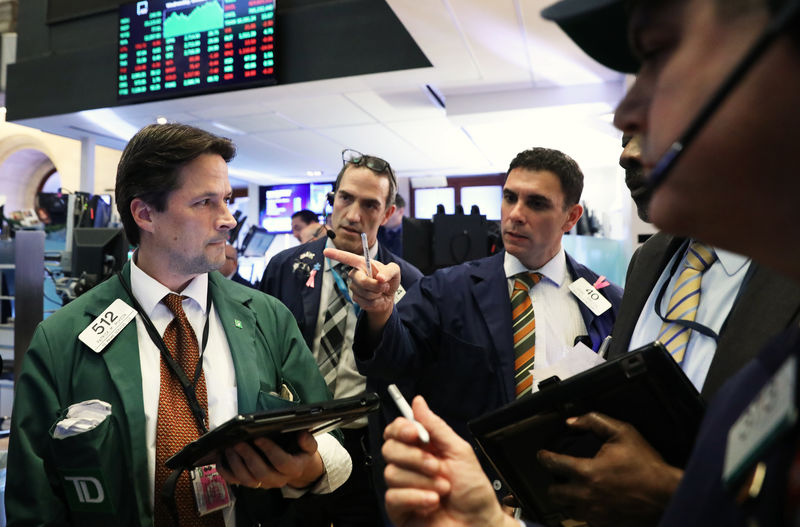By Jamie McGeever
LONDON (Reuters) - Let's assume the correction currently underway on Wall Street turns into an outright bear market, and the main U.S. equity indices rack up peak-to-trough losses of at least 20 percent. What kind of bear market can we expect?
All bear markets are different, but they are less frequent than bull markets and, on average, much shorter. They can also be extremely damaging.
The stock market is not the economy and the economy is not the stock market, but every U.S. recession over the last half century has been accompanied by major lurches lower on Wall Street. Will history repeat itself next year or 2020?
GRAPHIC: Wall Street bear markets - https://tmsnrt.rs/2P3x7oT
Since 1900, the S&P 500 has undergone 32 bear markets, which means statistically they occur roughly once every three and a half years, according to independent financial advisor Dana Anspach.
Analysts at First Trust Portfolios calculate that since 1926 the average bear market period has lasted 1.4 years, with an average cumulative loss of 41 percent.
Analysts at Bespoke Investment Group, meanwhile, have looked at the data since 1927 and reckon the average bear market is shorter, at 296 calendar days.
The last two bear markets on Wall Street in 2000-02 and 2007-09 saw the S&P 500 decline 45 and 50 percent, respectively. That helped pull the MSCI World index down 50 and 60 percent, respectively.
The correction underway on Wall Street has seen the S&P 500 fall 11.5 percent from its peak a month ago, while the MSCI World has fallen as much as 15 percent from its peak in January, also in part driven by major weakness in emerging markets. China, for example, is down 30 percent from its January peak.
But as long as the U.S. selloff is just a correction, the multi-year bull run remains the second-longest in history, even if it is losing steam. There are compelling reasons to believe it will roll over into a bear market, but getting the timing right is tricky.
Bull markets run much longer than bear markets as populations and economies expand. More people means more savings that need to be invested, and as equity historically has offered higher returns than bonds, stock markets attract more of those funds and rise over time.
The average bull run since 1927 is close to 1,000 days, according to Bespoke Investments. The longest in history is the late 1987-early 2000 run of 4,494 days. That will be broken if the current run, already over 3,000 days, extends until June 29, 2021.
The following chart from FT Portfolios shows that the average bull market since 1927 has lasted 9.1 years, with an average cumulative total return of 480 percent. The current bull market is already 9.7 years long.
GRAPHIC: S&P 500 and U.S. recessions - https://tmsnrt.rs/2P03ncw
According to Dana Anspach, 53 percent of all S&P 500 trading days have been "up" days and 47 percent have been "down" days. In terms of months, the split is 58 percent up and 42 percent down, and in quarters it is 63 percent up and 37 percent down.
The S&P 500 fell 6.9 percent in October, its worst month in seven years. Are valuations now cheap enough and will fragile sentiment solidify enough to spark a rebound? Or will investors' worries over growth, trade, rising U.S. interest rates and future earnings keep the bears in charge?

(The opinions expressed here are those of the author, a columnist for Reuters.)